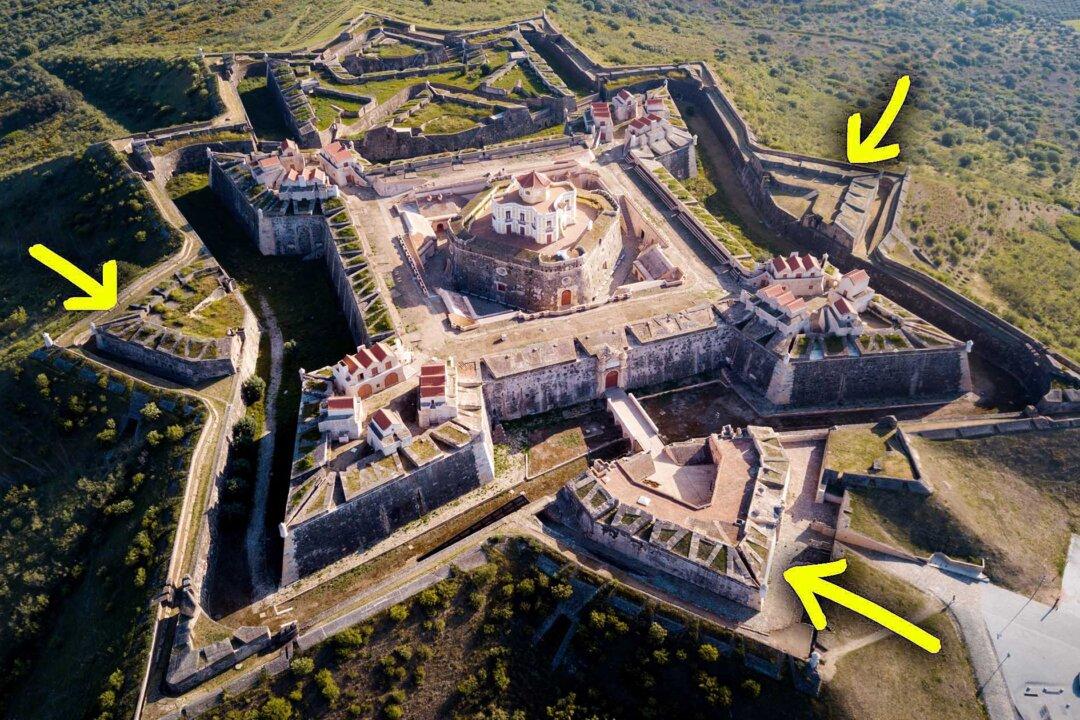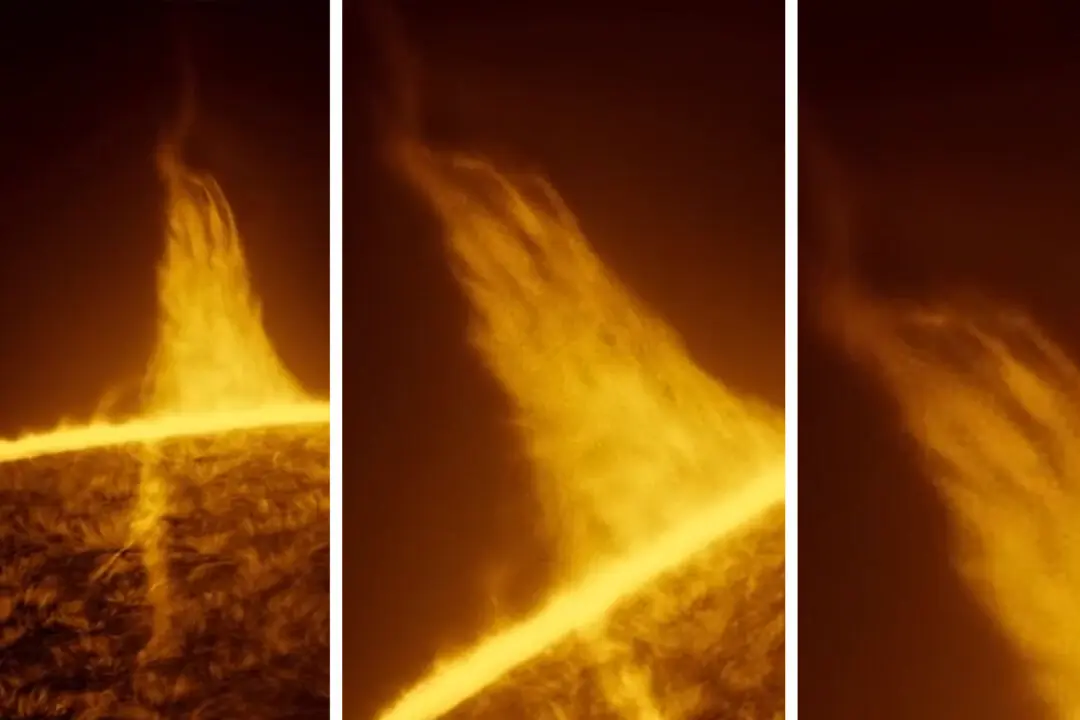The defensive fortifications of medieval times have surely inspired floorplans for the “perfect castle” in the minds of many a young nerd—replete with battlements, parapets, turrets, arrow slits, a keep, and of course murder holes.
As with all technologies though, including castle fortifications, they tend to go obsolete with new developments. With the advent of black powder in early modern Europe, from as early as the 15th century, the medieval fortress became outmoded as cannons rolled onto the scene.






